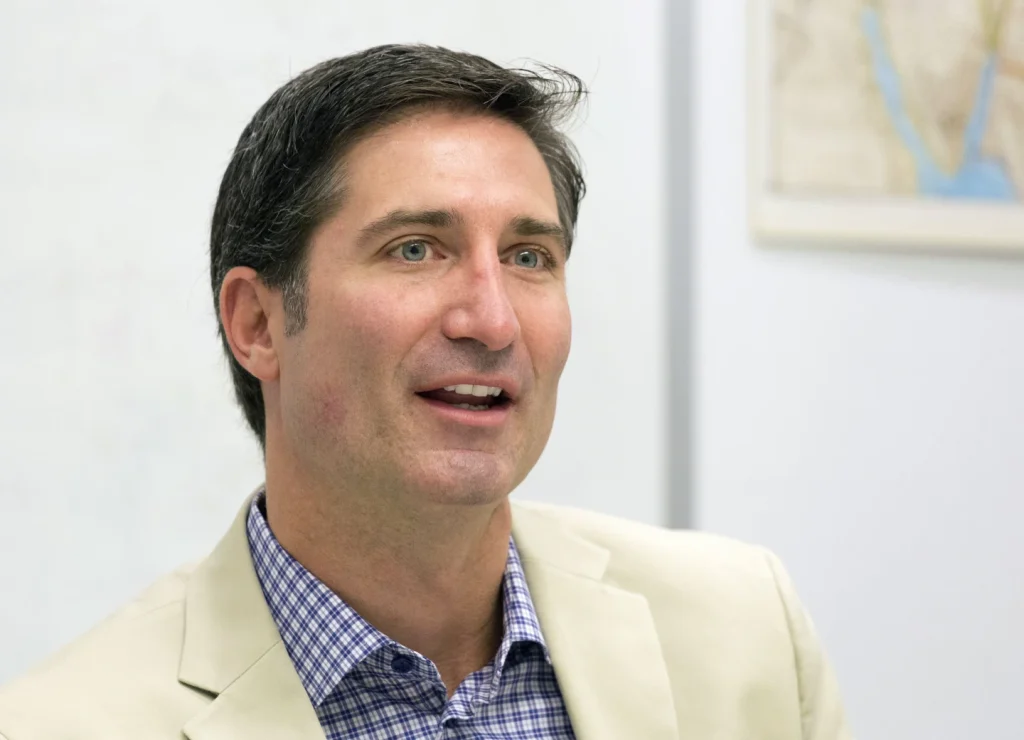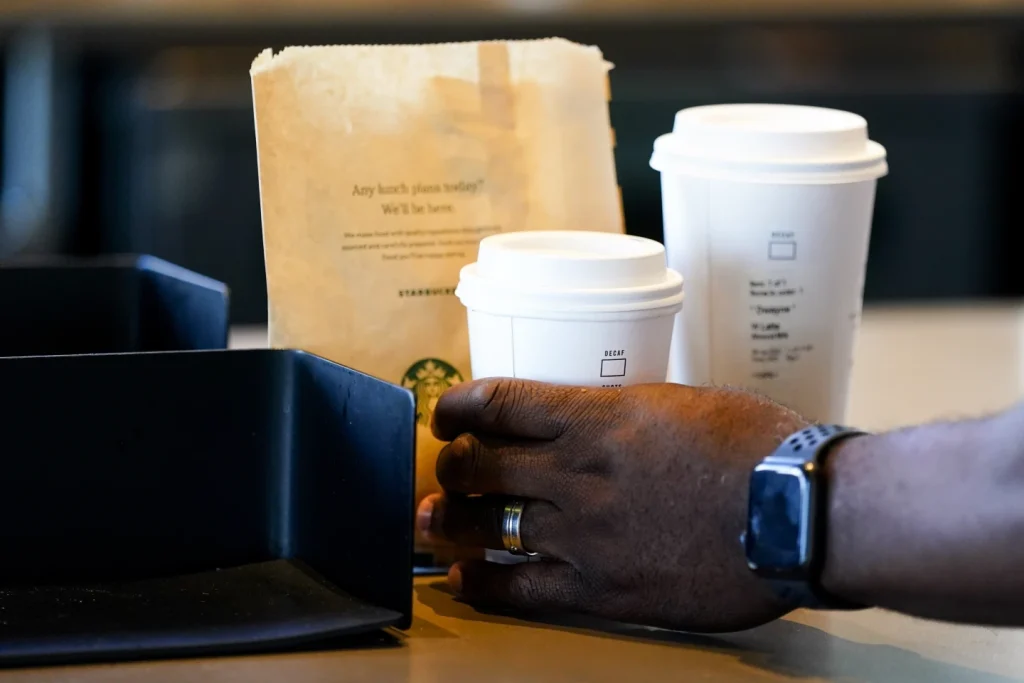In a recent announcement, Brian Niccol, the newly appointed chairman and CEO of Starbucks, articulated a vision aimed at revitalizing the iconic coffee brand.
His emphasis on enhancing service, particularly during peak hours, and reestablishing Starbucks stores as vital community gathering spaces reflects a strategic response to the challenges currently facing the company.
As Starbucks grapples with declining sales, weakened store traffic in the United States, and increased competition in international markets, Niccol’s leadership promises a renewed commitment to the brand’s core values and a more customer-centric approach.
Starbucks has long been celebrated not merely as a purveyor of coffee but as a cultural phenomenon that fosters community and connection.
However, recent trends have indicated a drift from these foundational principles. In his open letter, Niccol noted that conversations with employees and customers revealed a shared sentiment that the brand has strayed from its essence.
This recognition is crucial as it underscores the need for introspection and change within the company. Niccol’s acknowledgment of this drift serves as a call to action, urging all stakeholders to refocus on the aspects that initially endeared Starbucks to millions.
One of the primary challenges Starbucks faces is the decline in customer traffic, particularly in the United States. This downturn can be attributed to various factors, including a saturated market, rising competition, and shifting consumer preferences.
Furthermore, external pressures such as boycotts in the Middle East and increased competition in China have compounded these issues, necessitating a robust and multifaceted response.
Niccol’s plan to improve the in-store experience is not merely a reaction to these challenges but rather a proactive strategy to restore customer loyalty and enhance brand equity.
Central to Niccol’s vision is the enhancement of the customer experience during the morning rush, a critical time for coffee sales. He emphasizes the importance of delivering “outstanding drinks and food, on time, every time.”
This commitment to quality and efficiency is essential, as the morning rush represents a significant opportunity for revenue generation.
By ensuring that baristas are equipped with the necessary tools and time to prepare drinks, Starbucks can mitigate the frustrations often associated with long wait times and inconsistent product quality.
Niccol’s focus on operational excellence during peak hours reflects an understanding of the importance of customer satisfaction in driving repeat business.
Moreover, Niccol’s insights into the evolving landscape of consumer behavior are particularly noteworthy. As mobile, drive-thru, and delivery options now account for 75% of orders, Starbucks must adapt its store operations to accommodate these changes.
The complexity introduced by these various channels necessitates a rethinking of store design and service delivery. Niccol advocates for a clear distinction between “to-go” orders and in-store service, which is critical for streamlining operations and enhancing the overall customer experience.
By creating inviting spaces that encourage customers to linger, Starbucks can reinforce its identity as a community hub, fostering connections among patrons.
In addressing the need for a renewed focus on coffee expertise, Niccol subtly critiques the company’s recent forays into non-coffee products, such as bubble tea and energy drinks.
While innovation is essential for any brand, maintaining a strong connection to the core product is equally important. By reinforcing Starbucks’ commitment to high-quality coffee, Niccol aims to remind customers of the brand’s heritage and expertise, thereby strengthening its market position.
This strategic pivot not only aligns with customer expectations but also differentiates Starbucks from competitors who may prioritize novelty over quality.
The first 100 days of Niccol’s tenure will be pivotal as he immerses himself in Starbucks’ stores and support centers, engaging directly with employees and suppliers.
This hands-on approach reflects a commitment to understanding the intricacies of the business and the challenges faced by baristas and customers alike.
By fostering open communication and collaboration, Niccol can cultivate a culture of continuous improvement and innovation within the organization.
In conclusion, Brian Niccol’s leadership marks a critical juncture for Starbucks as it seeks to navigate a complex and evolving marketplace.
His focus on enhancing service quality, reestablishing community connections, and reaffirming the brand’s commitment to coffee expertise presents a holistic approach to revitalizing the company.
As Starbucks embarks on this journey of transformation, the emphasis on operational excellence and customer satisfaction will be paramount in restoring its status as a beloved brand.
Through strategic adaptations and a renewed focus on its core values, Starbucks can reclaim its position as a leader in the coffee industry, ensuring that it remains a cherished gathering place for communities around the world.
Brian Niccol’s vision for revitalizing Starbucks is both timely and essential. As he emphasizes the importance of enhancing the customer experience, particularly during peak hours, it is clear that a return to the brand’s core values is necessary.

The acknowledgment of the challenges facing Starbucks, such as declining sales and increased competition, reflects a keen awareness of the current market landscape.
By focusing on improving service quality and ensuring that baristas are equipped with the necessary tools and time to deliver exceptional beverages, Niccol is addressing the fundamental aspects that contribute to customer satisfaction.
His commitment to transforming stores into inviting gathering places aligns with the original ethos of Starbucks as a community hub.
Moreover, the need to streamline operations amidst the rise of mobile and drive-thru orders is a prudent approach to balancing efficiency with the personalized service that customers expect.
Niccol’s intention to spend his initial days engaging directly with employees and suppliers demonstrates a hands-on leadership style that could foster a renewed sense of purpose within the company.
Overall, I look forward to seeing how these initiatives unfold and hope they will successfully reinvigorate the Starbucks experience for both customers and employees alike.
